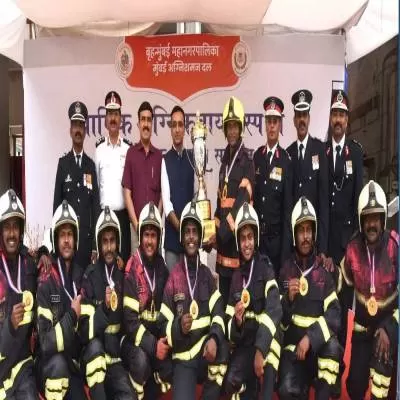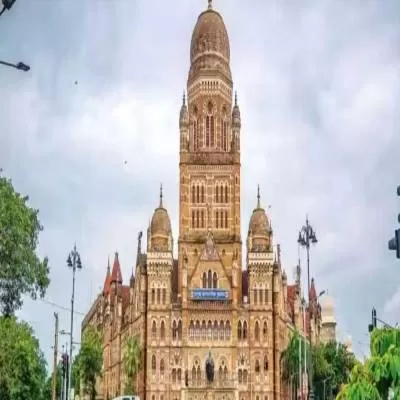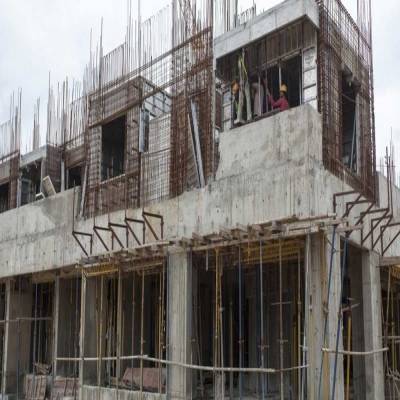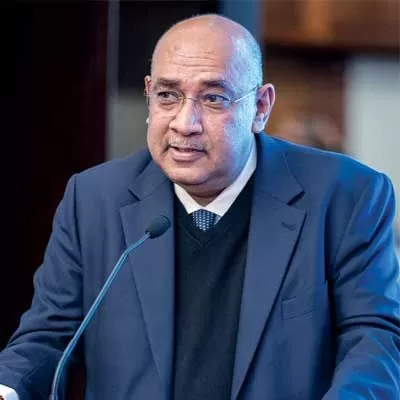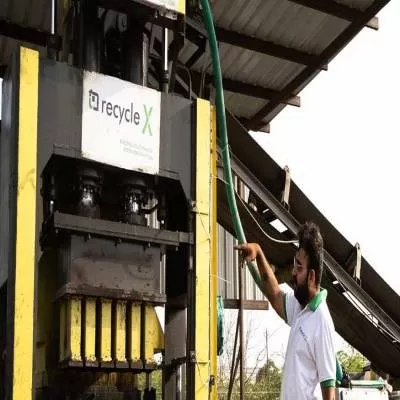- Home
- Infrastructure Urban
- ECONOMY & POLICY
- Combating Collapse

Combating Collapse
Across India, this story is all too familiar - and tragic. A building declared unsafe, yet occupied, ultimately succumbing to the harsh weather and collapsing, leading to injury and death. Just look at the headlines: In Andhra Pradesh, five people die after a building collapses in the rainy season; in a similar incident in Kolkata, the first floor of a 90-ft building collapses; and near Mumbai, a two-storey building collapses. In most such situations, the buildings are old and dilapidated.
City records
According to the records of the Brihanmumbai Municipal Corporation (BMC), around 35,000 buildings are more than three decades old. Varanasi Municipal Corporation (VMC) has identified over 200 decrepit buildings in five zones across the city at a risk of caving in during monsoons. As per current records with the general engineering department of VMC, there are as many as 242 dilapidated and rickety buildings in the city. Similarly, in Bhopal, around 350 structures pose an immediate threat of caving in a thunderstorm.
And, nearly 800 buildings in the Greater Hyderabad Municipal Corporation (GHMC) area are in dilapidated condition.
Many of these old buildings have excavated cellars, which weaken the structure. Another regular source of monsoon fatalities is the failure to take precautions in case of RCC retaining walls.
By the law
Experts say that monitoring of structural health is a must, especially if a building is over 30 years old. The Municipal Corporation of Greater Mumbai, the Thane Municipal Corporation and many other ULBs have made it mandatory for buildings over 30 years old to conduct a structural audit. If done in a timely manner, this can help increase the life of the structure as well as maintain its value.
As per Clause No.77 of the revised Bye-Laws of Cooperative Housing Societies: The society shall cause the ´Structural Audit´ of the building as follows:
- For building ageing between 15 to 30 years once in five years.
- For building ageing above 30 years once in three years.
Way to audit
A structural audit involves three stages: examination, evaluation and prescription. A reputed agency or structural engineer who is registered and has a structural license from the municipal corporation should be appointed to carry out the audit. Depending on the size of the society, structural auditing may incur about Rs 25,000 onwards for a building.
The examination stage involves detailed visual observation and light hammer tapping of all structural elements. Evaluation is done with data from all the visual observations, test reports and preliminary information collected. It should be presented in the report with a detailed analysis and comment on the structure´s health. The purpose of a structural audit is to understand the possible solutions for the damage that may have been observed in the building. The report should provide a brief recommendation on a possible retrofit and repair scheme if necessary, which is said to be the prescription.
Reality check
The effective implementation of structural auditing enhances the lifespan of the structure and prevents deterioration of the building, leading to sustainability. In reality, while notices are sent to such buildings regularly, further action is often delayed or ignored. Ashok Burpalle, Assistant Commissioner, Thane Municipal Corporation, says, ¨For any building that needs a structural audit, we send notices for the same, requesting the residents to respond by taking necessary actions for any mishap to be controlled.¨ However, disputes between tenants and owners and co-owners, court litigation and sentimental considerations often prove to be stumbling blocks, causing delays. A senior officer from Bhiwandi-Nizampur City Municipal Corporation (BNCMC) adds, ¨Along with auditing, one has to implement what the audit report informs. At times, the report may ask for a building to be vacated, to which the residents do not agree.¨
Nevertheless, corporations have no option but to put forward more stringent rules to get the auditing done and make our buildings - and lives - safer.
CW PROPERTY TODAY probes into the reasons behind building collapses and explains how regular structural audits can control these mishaps. Across India, this story is all too familiar - and tragic. A building declared unsafe, yet occupied, ultimately succumbing to the harsh weather and collapsing, leading to injury and death. Just look at the headlines: In Andhra Pradesh, five people die after a building collapses in the rainy season; in a similar incident in Kolkata, the first floor of a 90-ft building collapses; and near Mumbai, a two-storey building collapses. In most such situations, the buildings are old and dilapidated. City records According to the records of the Brihanmumbai Municipal Corporation (BMC), around 35,000 buildings are more than three decades old. Varanasi Municipal Corporation (VMC) has identified over 200 decrepit buildings in five zones across the city at a risk of caving in during monsoons. As per current records with the general engineering department of VMC, there are as many as 242 dilapidated and rickety buildings in the city. Similarly, in Bhopal, around 350 structures pose an immediate threat of caving in a thunderstorm. And, nearly 800 buildings in the Greater Hyderabad Municipal Corporation (GHMC) area are in dilapidated condition. Many of these old buildings have excavated cellars, which weaken the structure. Another regular source of monsoon fatalities is the failure to take precautions in case of RCC retaining walls. By the law Experts say that monitoring of structural health is a must, especially if a building is over 30 years old. The Municipal Corporation of Greater Mumbai, the Thane Municipal Corporation and many other ULBs have made it mandatory for buildings over 30 years old to conduct a structural audit. If done in a timely manner, this can help increase the life of the structure as well as maintain its value. As per Clause No.77 of the revised Bye-Laws of Cooperative Housing Societies: The society shall cause the ´Structural Audit´ of the building as follows: For building ageing between 15 to 30 years once in five years. For building ageing above 30 years once in three years. Way to audit A structural audit involves three stages: examination, evaluation and prescription. A reputed agency or structural engineer who is registered and has a structural license from the municipal corporation should be appointed to carry out the audit. Depending on the size of the society, structural auditing may incur about Rs 25,000 onwards for a building. The examination stage involves detailed visual observation and light hammer tapping of all structural elements. Evaluation is done with data from all the visual observations, test reports and preliminary information collected. It should be presented in the report with a detailed analysis and comment on the structure´s health. The purpose of a structural audit is to understand the possible solutions for the damage that may have been observed in the building. The report should provide a brief recommendation on a possible retrofit and repair scheme if necessary, which is said to be the prescription. Reality check The effective implementation of structural auditing enhances the lifespan of the structure and prevents deterioration of the building, leading to sustainability. In reality, while notices are sent to such buildings regularly, further action is often delayed or ignored. Ashok Burpalle, Assistant Commissioner, Thane Municipal Corporation, says, ¨For any building that needs a structural audit, we send notices for the same, requesting the residents to respond by taking necessary actions for any mishap to be controlled.¨ However, disputes between tenants and owners and co-owners, court litigation and sentimental considerations often prove to be stumbling blocks, causing delays. A senior officer from Bhiwandi-Nizampur City Municipal Corporation (BNCMC) adds, ¨Along with auditing, one has to implement what the audit report informs. At times, the report may ask for a building to be vacated, to which the residents do not agree.¨ Nevertheless, corporations have no option but to put forward more stringent rules to get the auditing done and make our buildings - and lives - safer.


